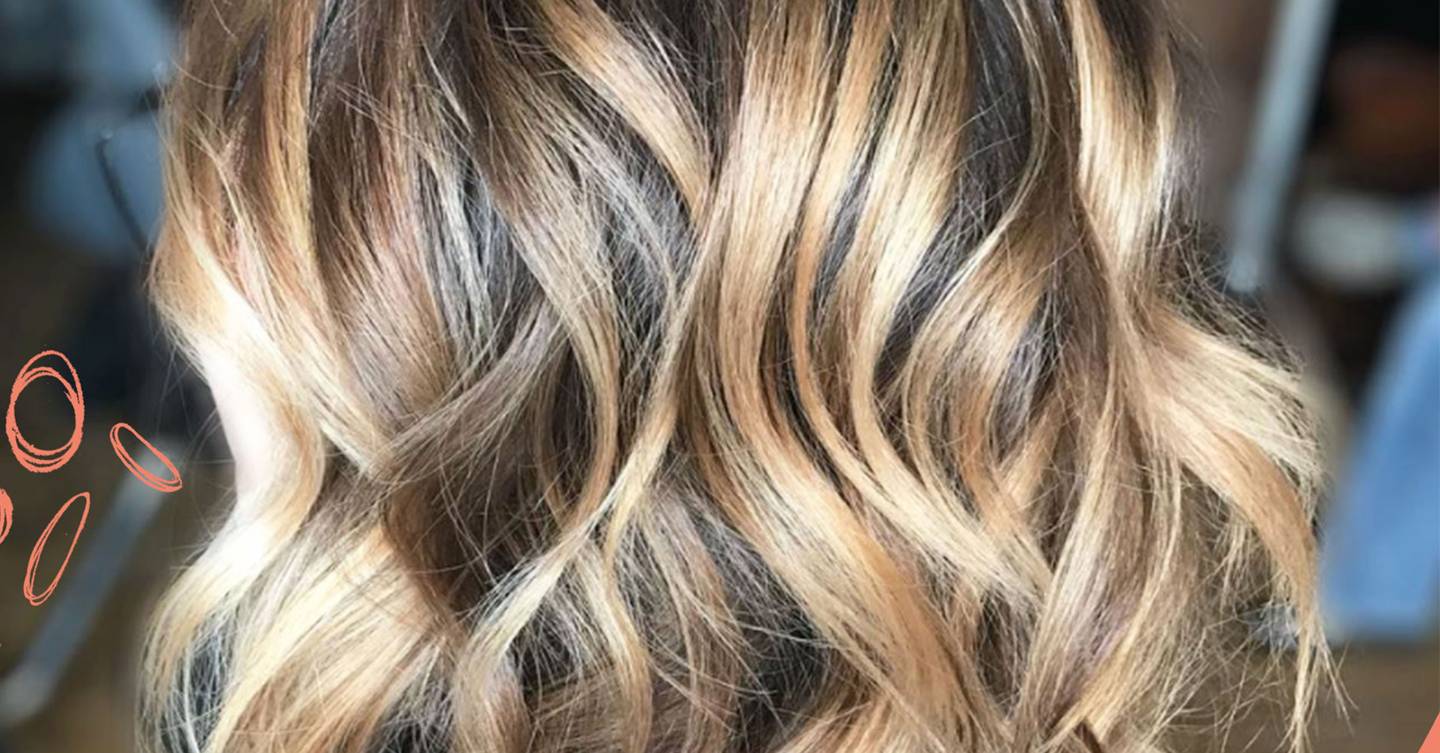The hairdressing world is a fickle old place. One minute we’re all embracing our mermaid waves and the next we’re chopping off our ends in favour of a pixie crop. We can barely keep up either.
But one hairdressing technique that’s stood the test of time is balayage. Balayage is the ultimate minimal-maintenance colour technique we’ve been turning to for years for that subtly sun-kissed hue that grows out so seamlessly.
The colouring technique involves sweeping sections of hair lightly with blonde and golden highlights. But, unlike other colouring techniques, the highlights are blended seamlessly throughout lengths (think soft caramels harmonised with luminous blondes) to ensure that there’s never a band of colour or tell-tale roots left visible. In fact, it only gets better and more blended with time.
It’s not new – it’s been a favourite among celebrities and influencers for years – but because the technique gives such pretty dimension, it’s not going anywhere fast. However, it has been updated. Pro stylists have continued to experiment with new colour combinations and application techniques to make the finish softer and more beautiful than ever before and one such technique just landed from Italy, and we predict it’s going to be major this summer.
The updated version of the technique is called Shatush, a free hand technique that only highlights hair that would be sun-kissed. Domenico Casella, a new senior colourist at Neville Hair & Beauty, has brought the technique over from Italy with him and people are going wild for it.
“Similar to balayage, Shatush is extremely soft and the results subtle,” he explains. “It’s the perfect colour service for those wishing to add dimension to their hair.” Domenico cleverly creates the look by using his finger tips and a cone only. By using his fingertips and hands to apply the colour, this enables him to delicately place colour. A brush stroke can have a more pronounced effect but Domenico likes working with his hands as he is more in control with the sensitivity of the hair.
As for the cone, this is used to achieve a gradient effect, he says. “The hair closer to the cone is darker and more blended, whereas the external hair which surrounds the face is brighter and lighter in colour.” By using the cone, he can achieve a similar effect to balayage, and by using his hands on the cone he has more versatility and can create colour without using foils, which is ultimately better for the condition of the hair and also helps protect it from the heat. Genius.
“This technique is better suited to someone who is really looking for a natural effect, less fuss, less regrowth,” he said. “The results of the hybrid colour with the cone are more natural and unlike standard balayage, the hybrid colour technique is extremely visual.”
Sign us up.

